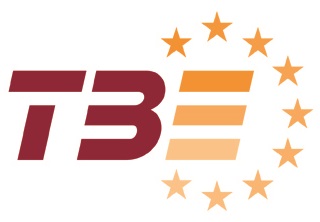INSYSME met on 18 and 19 September 2014 in Kassel, Germany. The meeting was hosted by the Institute of Structural Engineering, part of the Faculty of Civil and Environmental Engineering of the University of Kassel. Earlier this year, TBE also attended a two-day meeting held in April 2014 in Coimbra, Portugal.
INSYSME, which stands for “INnovative SYStems for earthquake resistant Masonry Enclosures in reinforced concrete framed buildings”, involves cooperation between national associations, research institutes and companies from seven European countries. Participants also include Tiles & Bricks Europe (TBE) members from Italy, Germany and Portugal. TBE will play an active role in the dissemination of the results of the project.
The project aims at developing innovative systems for masonry enclosures. These would be used for façades, envelopes and internal partitions of reinforced concrete framed buildings, to derive sound concepts for their analysis and to develop reliable, simple and efficient methods for their design in the everyday engineering practice. The research will offer innovative solutions to scientific and technological problems which have a broad-spectrum impact. The involvement of SME associations in the project, with the aid of all partners, will ensure that the needs of large communities of SMEs are met.
The INSYSME project, selected for EU funding, was officially launched in October 2013 with a kick-off meeting that took place at the University of Padua, Italy.
For more information, visit the INSYSME website at www.insysme.eu.





